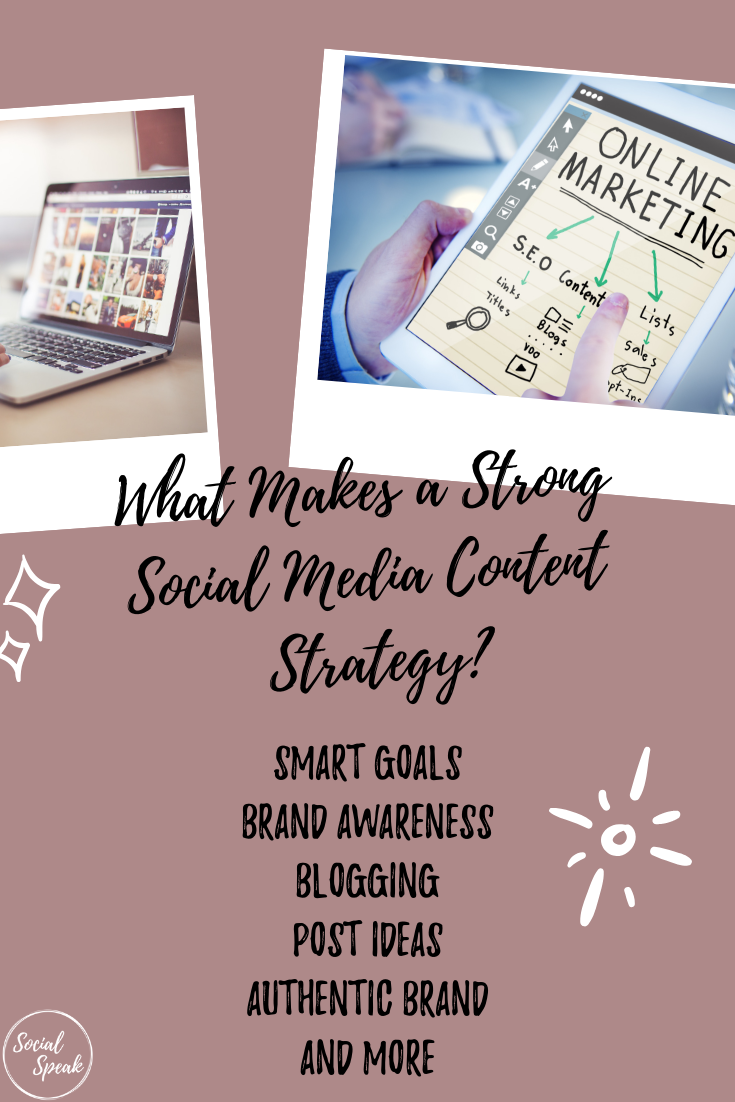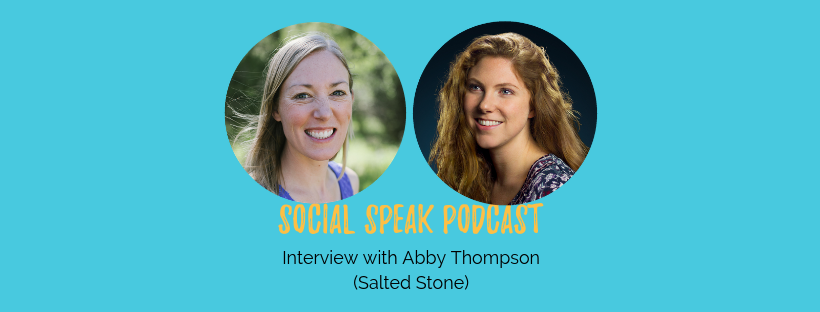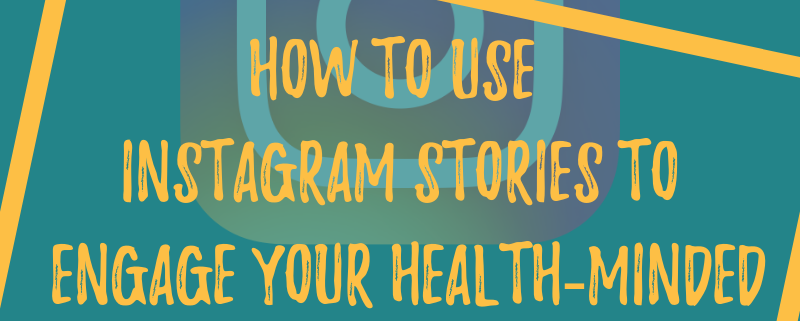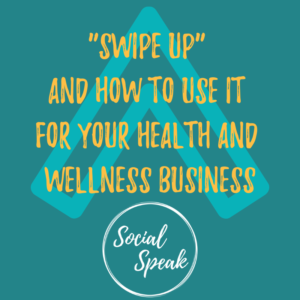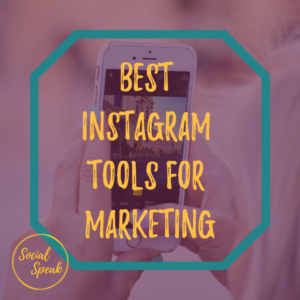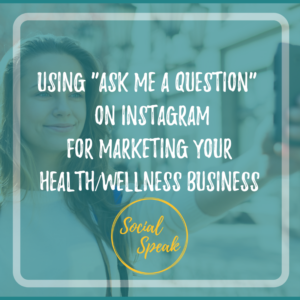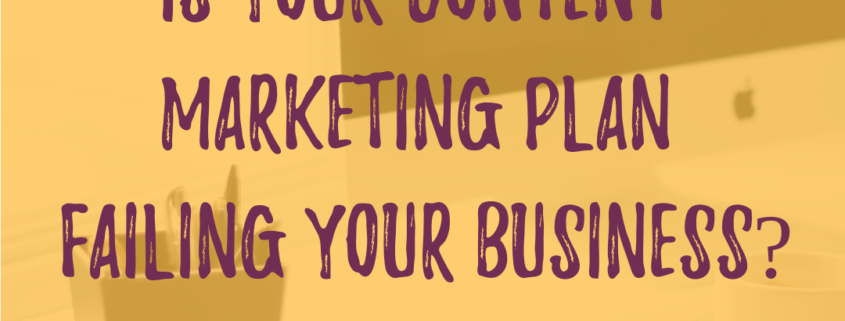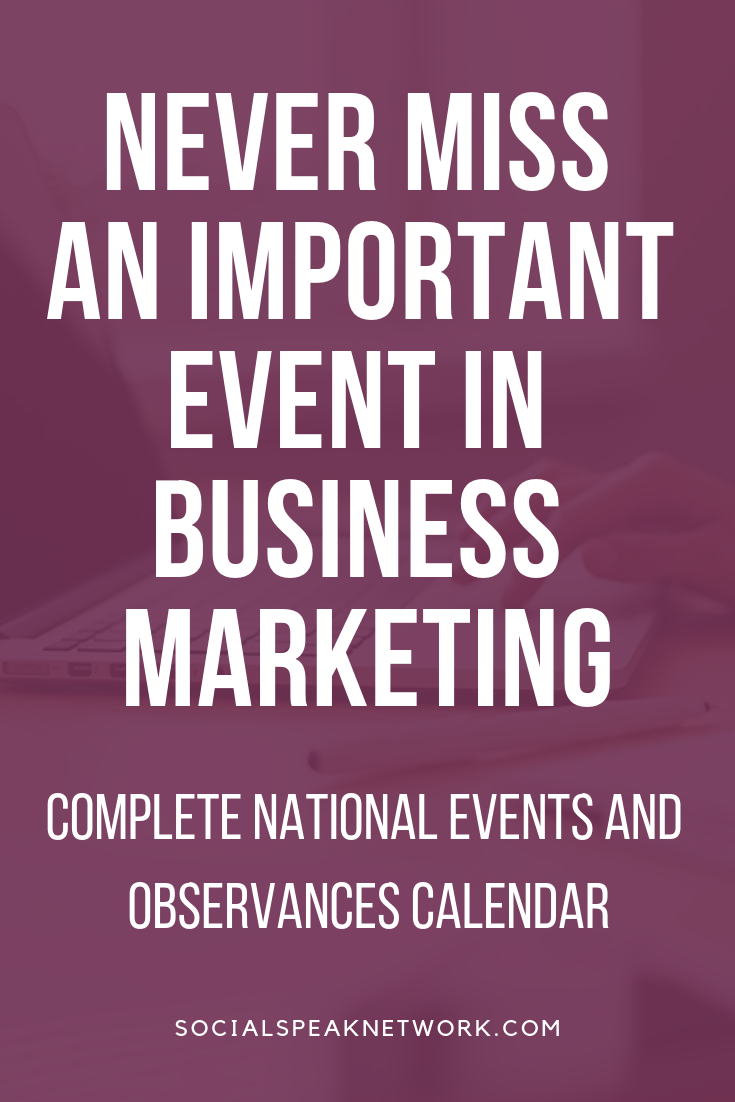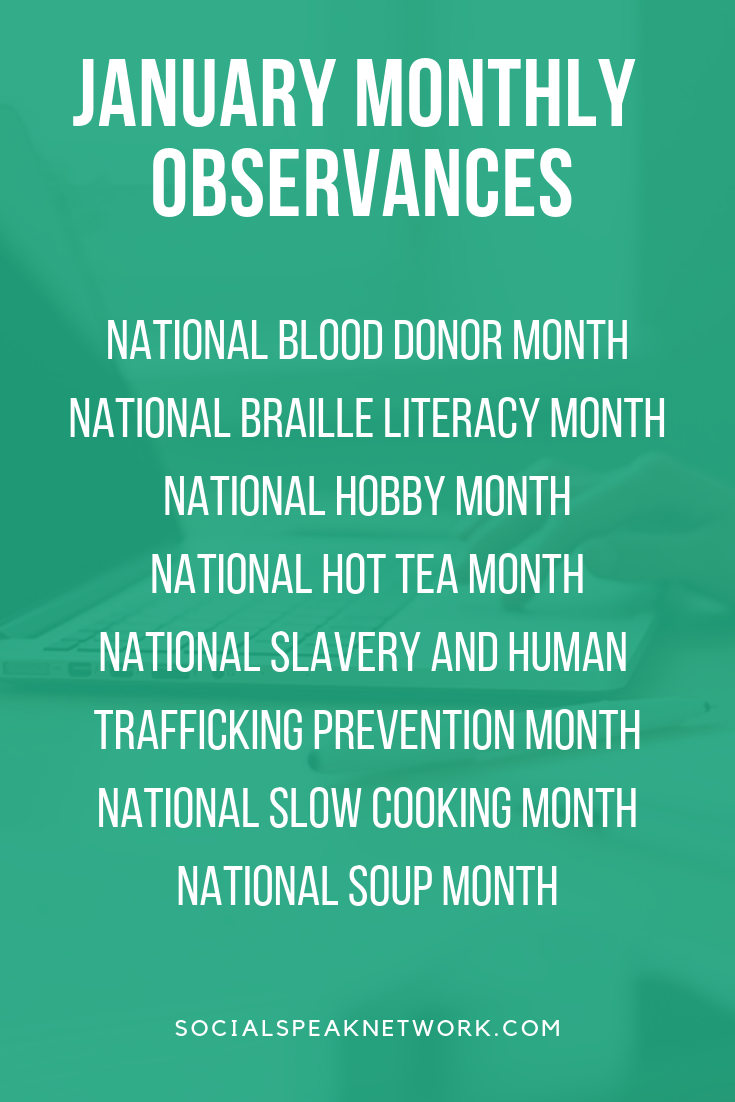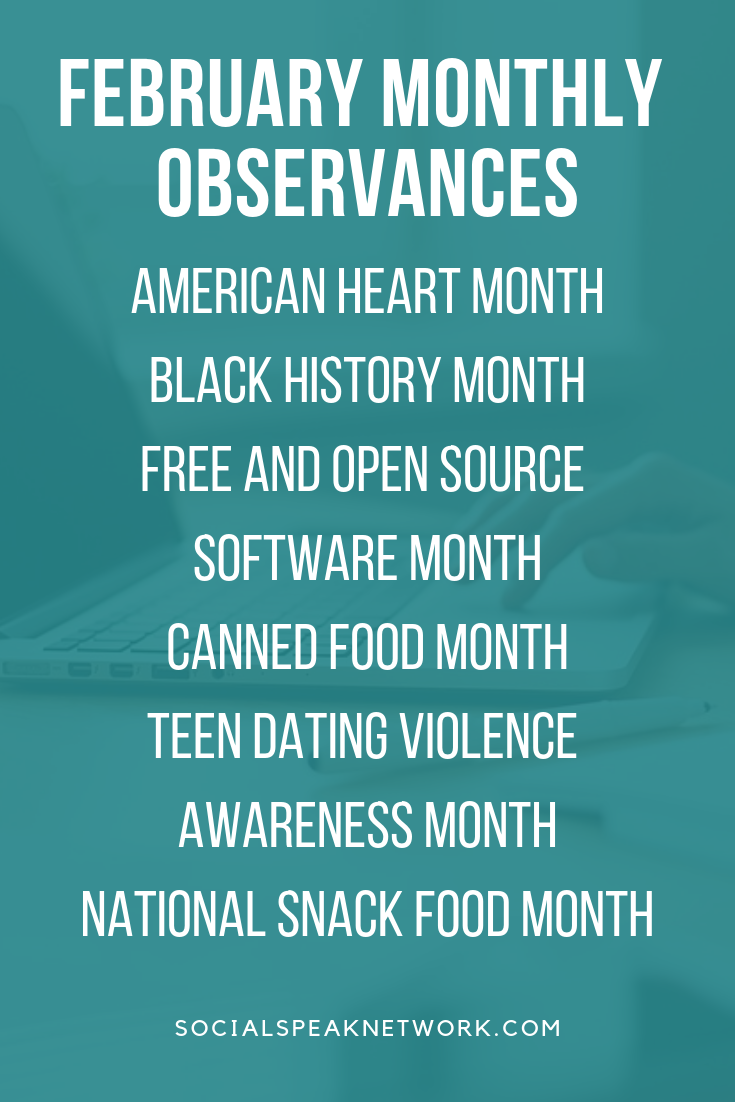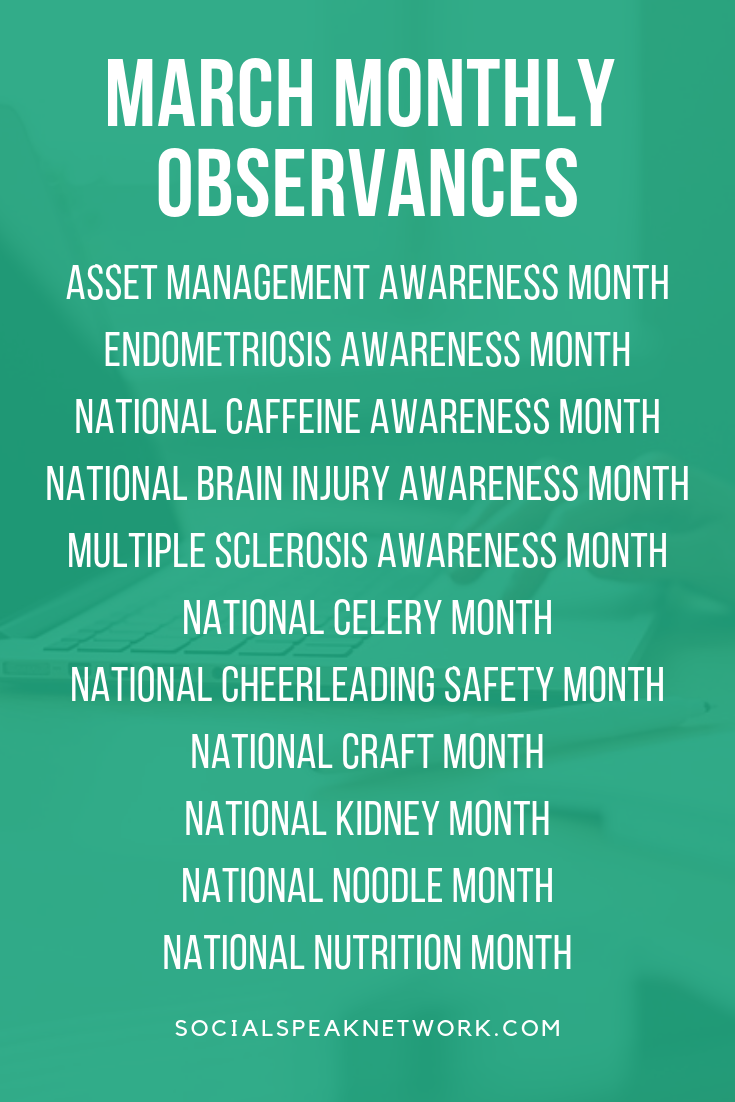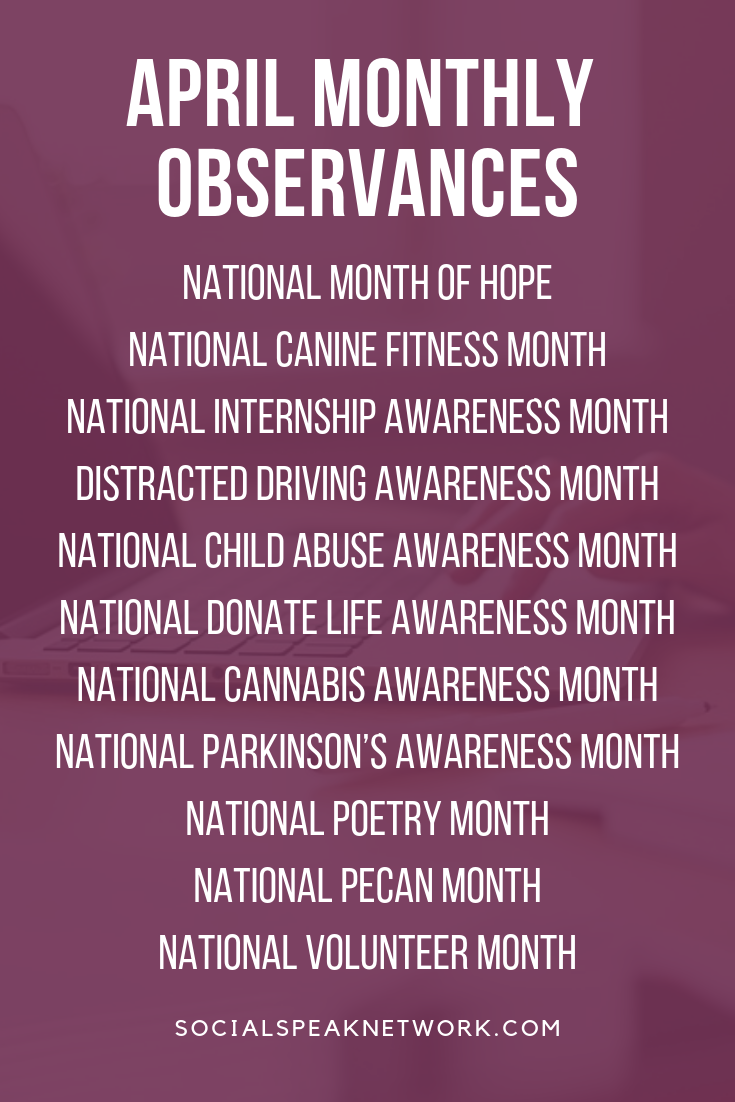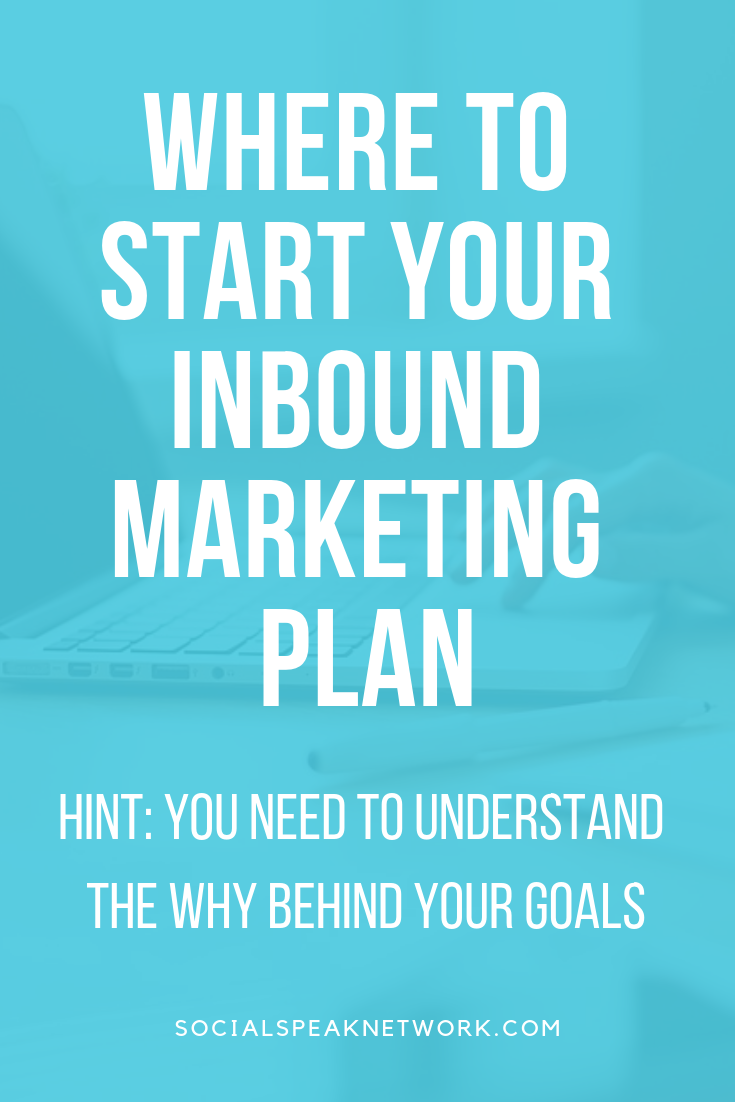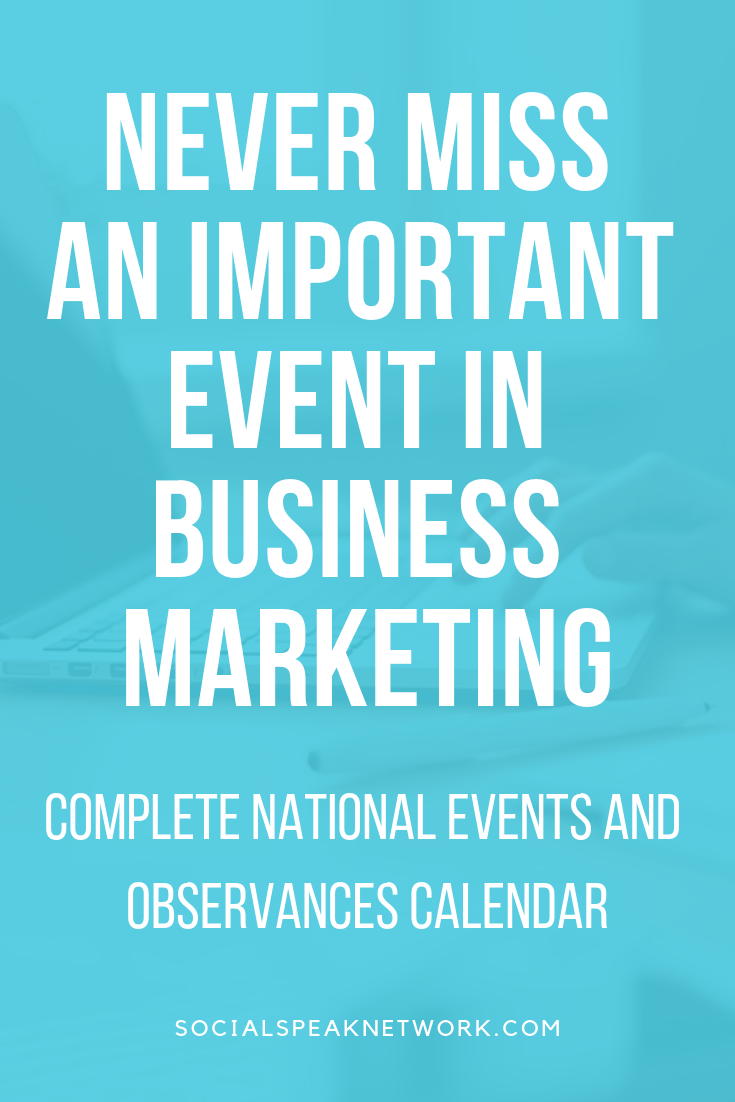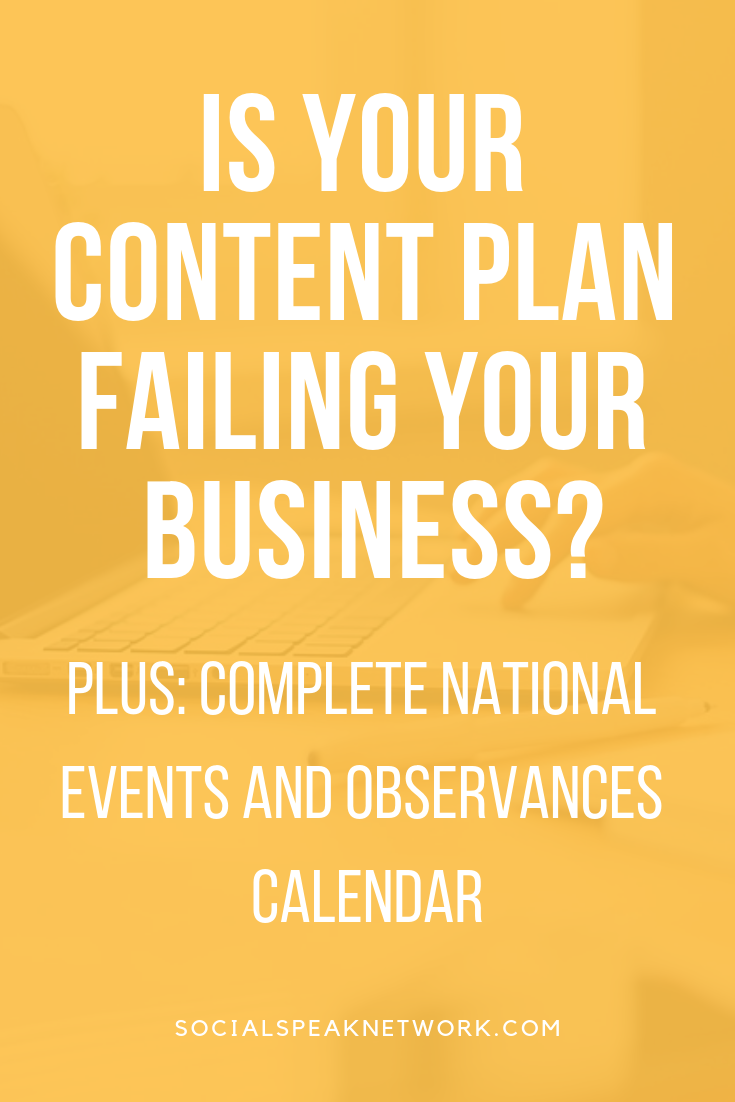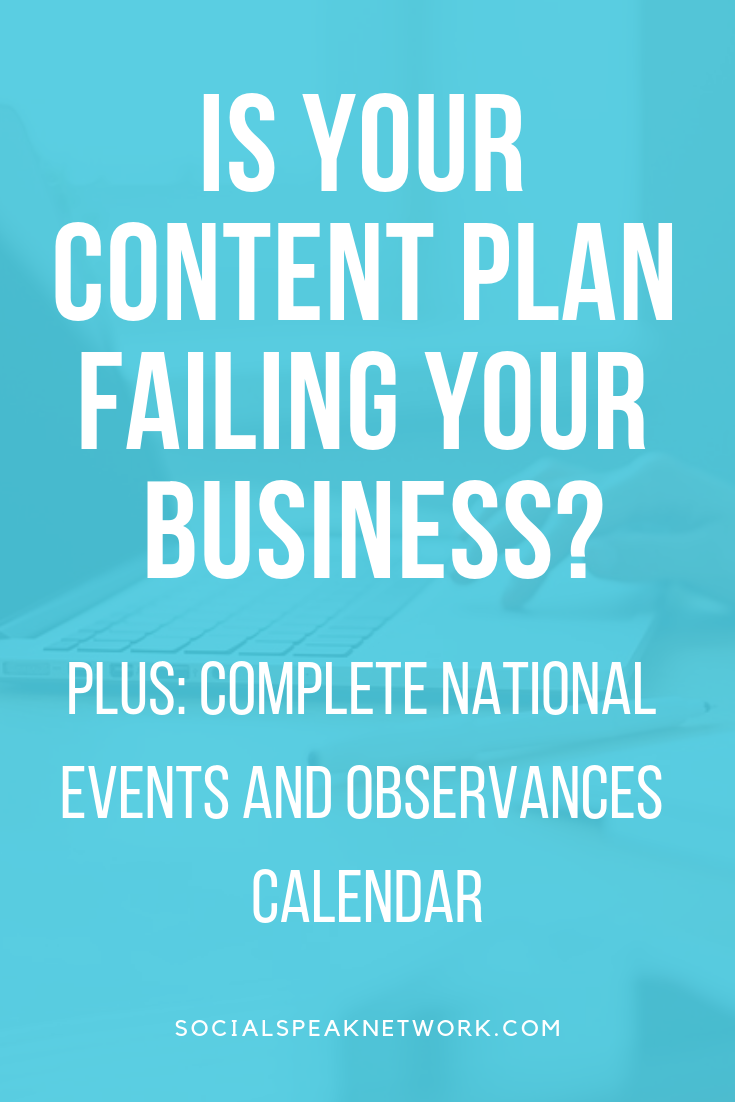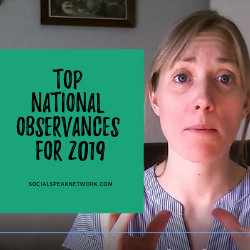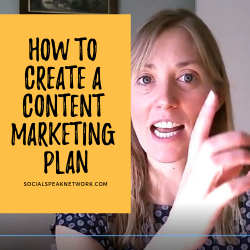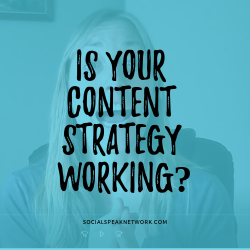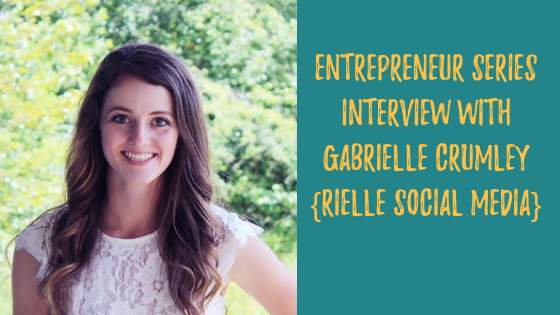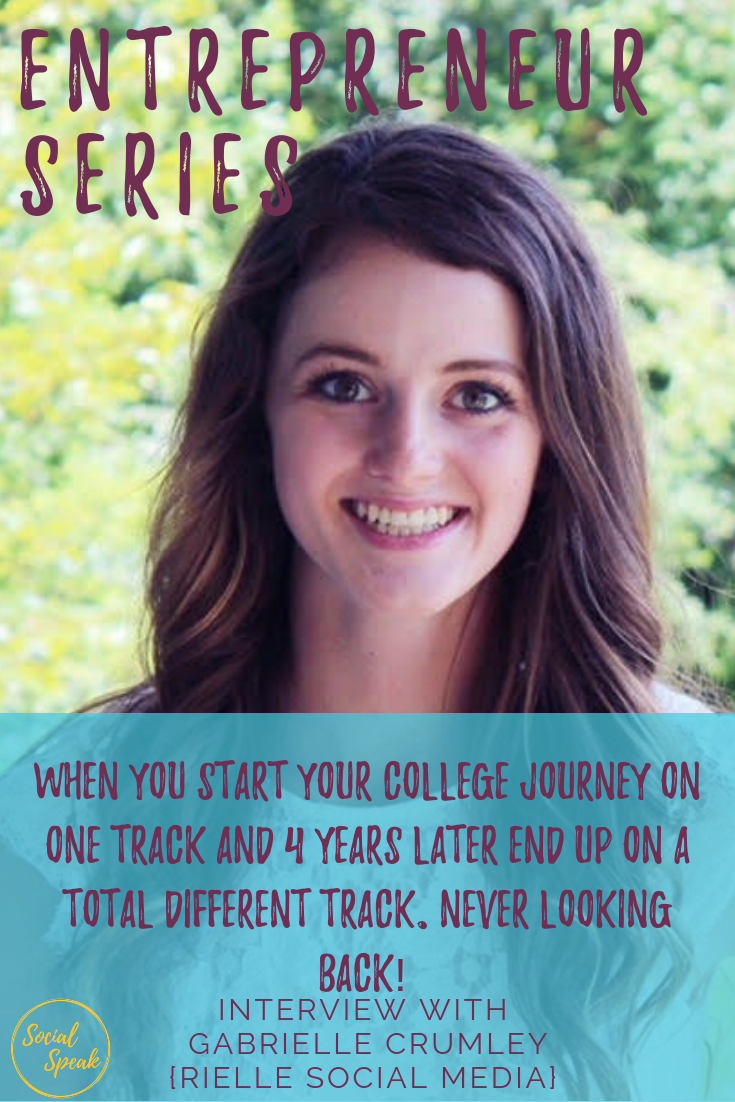Shannon Kuykendall (Kirk-ken-doll) is a Digital Marketer Certified Partner and the Founder of Up Automation, Linkedin Lead Generation Services. She started Up Automation in 2015 after working in the Coaching and Personal Development industry as a Technical Virtual Assistant at Creative VA Services for 12 years.
As an agency owner, Shannon struggled to get new clients in the door. She tried building a lead gen funnel, Facebook Ads, SEO, Content Marketing; you name it. Then someone told her about using LinkedIn for lead generation. They said, “that 80% of all B2B prospects are on LinkedIn”. So she put her focus there, and her results have been tremendous. Once Shannon got the formula down, she decided to stop offering implementation and concentrate on helping other digital marketing agencies fill their calendars with their ideal prospects using LinkedIn.
In this interview, Amber and Shannon spoke about:
- How businesses can utilize LinkedIn for lead generation
- Current trends in digital marketing in 2019
- The Before and After Grid as you create content that brings people in
- How do identify your potential client’s pain points to be able to gear your messaging around them
- Why your business needs a strong LinkedIn presence
- The top 3 things that a business owner should be doing online to see a return from their digital marketing efforts
It was such a pleasure interviewing Shannon on our Podcast. Shannon is very knowledgeable about LinkedIn and how business owners can use it to it’s fullest potential to help grow their businesses
The 3 biggest takeaways for me were:
- The before and after grid – how to identify your target markets pain points
- LinkedIn is really about building relationships and asking questions. Your target marketing wants to know what’s in it for them when you give them time to talk about themselves and share their story.
- The key components you need to have in your profile that will attract your target audience
Before and After Grid
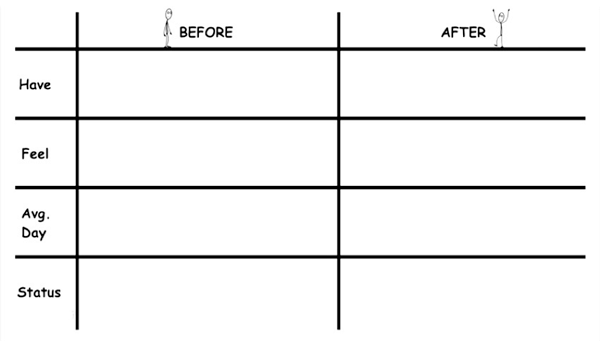
Listen to the Podcast Episode on Using LinkedIn to Grow your Business Online
Read the Complete Transcript Below
Hello everyone, this is Amber with the Social Speak Network. I’m so excited for our podcast today. We are talking about how healthcare centers can utilize LinkedIn to grow their business. We have Shannon on with us today.
Amber: Shannon, tell us a little bit about yourself and your company.
Shannon: Hi everybody, my name is Shannon and my company’s name is a automation and we specifically do LinkedIn and lead generation for digital marketing agencies.
The main reason we started focusing on that was because I myself had my own agency and we were having problems getting leads. We didn’t have a problem getting people to get calls, we just had problem closing sales, and I needed a consistent way to generate leads and so through some discovery and some conversations we started focusing on digital marketing agencies, and then I turned my business around to completely focus on bringing people in and showing them how to use LinkedIn, as well as, maintaining their own LinkedIn accounts.
80% of the leads out there or highly qualified prospects will be found on LinkedIn. And we’ve been in business for about two years, but I’ve had my own my own business of some sort online since 2005.
A: Wow, that is amazing. So walk us through – before we dive into brand messaging and how businesses can utilize LinkedIn – walk us though the process of how agencies can gain business using LinkedIn.
One of the main things is your profile, your LinkedIn profile is the key. One of the first things you want to do is you want to completely optimize your LinkedIn Profile – from the background header, all the way down through your summary.
Those business profiles or most agency profiles that I see when they’re using their personal profile, all they do is talk about themselves and quite honestly, when your prospects are trying to find you, they don’t really care about you, what they care about is, they’ve got a pain point and they wanna know if you can solve it. Does your agency solve their pain point?
You really structure your profile in a way that addresses pain points and ask questions that hit that button. That’s where you’re going to get your engagement.
When you start connecting with people the first thing they’re going to see is your Profile.
LinkedIn Profile Optimization.
I love how you were talking about these pain points because I think that that’s one of the top things that people miss because they are so worried about talking about themselves, they miss what the WHY for their client.
And so before we jump into the pain point I talk us a little bit about the brand messaging.
How can you incorporate brand messaging into that linked-in profile and are you doing that on both your personal profile and the company page or just one or the other?
We just use the personal profile, quite honestly, the company pages on LinkedIn as far as I’m concerned, they’re useless.
The only thing that we can do with a company page, is you compose articles and you can get people to engage, but we don’t have the ability to send them direct messages. That is why we use the personal profile, because that gives us the ability to directly engage with people who are likely interested in our products or services. The way that we incorporate the brand, we go through a pretty lengthy on-boarding process where we’re asking several questions, we’re really getting into the nitty gritty of what are their products and services who are the people they’ve been working with who are the people they would like to work with and what are some of the struggles that the agency deals with, and then we get into wanting to know more about their prospects, and really where we incorporate the brand is going to be when we ask a pain point or ask a question that addresses a pain point. How we incorporate the brand is when we offer the solution for that pain point.
So do you see any trends with LinkedIn, that businesses should be really paying attention to the side?
We’re going to talk a little bit further about identifying those pain points, but do you see any trends that businesses should really be following with LinkedIn?
The biggest thing with LinkedIn is don’t message somebody and start talking about yourself again. They don’t care.
I see a lot of people on LinkedIn just sending out messages talking about their podcast or talking about a service that they can offer, something that they can help them, and what they’ve completely missed is they didn’t bother to ask a question about a pain point.
All they did was just out the gate running like Me, me, me, we do this, we do this. Nobody cares. You might get a little bit of engagement, but you’re not gonna get a lot and anything you’re gonna turn people off and they’re gonna disconnect from you, so you really, you come at it with a short question.
One of my things is for example, cold calling, do you want to stop cold calling and have a consistent flow of leads coming in the door?
That’s a great question, and yes and it’s an easy question for them to reply back. Yeah, I do, or it now not interested in it, or I… And that’s a much better way to get people to engage. Then just coming right out the gate, talking about yourself.
You’re changing that whole mindset of that conversation to about your potential client. And they’re like, “Oh they really do care about me or they really do want to know what I love.” So, just asking that question and really wanting to engage with them. People like to talk about themselves. So when you ask someone a question that allows them to talk about themselves, that’s where you get the engagement.
Okay, so I am so excited when we had our call for obviously before the podcast, you had mentioned the before and after grid, so can you explain to that to a little bit more?
Absolutely, so the before and after grid. This is how you really figure out what the pain points are of your prospect.
It’s a really short little exercise, and in the podcast description there is a link to the article by Digital Marketer. And it was going through this exercise that really helped me develop the pain points that my prospects are dealing with.
What you do is you create a grid at the top, you’re going to write Before and on the next side, you’re going to write After. Then you’re going to put four lines: Feel, average, day, and status. These are the four questions you’re going to ask when you’re trying to figure out what are the pain points of your prospects? The first thing you’re going to ask is what?
So what did your prospect have before they start working with you – are they frustrated, are they annoyed. Do they have a lack of prospects?
Alright, so you’ll write that in that box, then you’re going to ask: ‘How does my prospect feel before they start working for me?’ Will likely they’re frustrated, they’re a little concerned, they’ve got cash flow issues all these different feelings. And then next you ask, so what is your prospects average day look like before they start working for you or working with you?
Well, the average day… They probably spend a lot of time cold-calling, and nobody’s picking up the phone. And again, there’s some frustration, because they’re cold calling where they’re knocking on doors or they’re going into businesses and it takes a lot of time. And then a question is what is the status of your prospects before they work with you, and the status again kind of a repeat of the first three questions to the grid.
They’re frustrated because they’re consistently trying to reach out to people and nobody’s picking up the phone or their sales cycles too, long, it’s just they’re frustrated. That’s how everybody feels before. Well then, you wanna ask, “Well what are your prospects feeling after they start working with you?”
So alright, what do they at an… They have a consistent… Now they’ve got leads coming in, they’ve got people who are interested in their products and services, and that’s a start that I… And then how do they feel after they start working with you? They feel great, that the pressure has been released. They’ve got a consistent. They’re consistently talking to people that are interested in what they have to offer. What is their average day like after they start working with you?
They’re busy, they’re doing what it is that they love to do, they get to offer their products and services to the people that are actively interested. And again, what’s their status? After they start working with you, they’re happy. They have a little more free time because this piece has been taken over and and now they can again do what it is that they love to do they can work, they can work on their business instead of in their business, and that I as a call the before and after Grid and it’s going through that little exercise that you start to develop. Okay, these are some questions I should be asking my prospects if there is. We’re cold-calling, but I would like an easier way to get leads then that’s how I’m gonna address that question.
Now that you’ve identified these pain points as far as what they’re struggling with, and what that life looks like, before working with you or individual and then that after… How do you tie those pain points into that brand message? Are you going off of the, before content or the after or how do you marry the two?
So at the beginning of when we do our write-ups for the summary and we start to develop their prospect profile in their messaging, we go out the before, because that’s where you’re going to be able to push the buttons, that’s where you’re going to get them to react and so once they react, and then they engage in the messaging that’s when we’re able to offer up the After. The after is the solution.
Alright, and again, the solution isn’t going to go in and you’re not gonna come in and be real craggy about what your company does. Again, you’re gonna talk about… So this is the solution to what also the… And if you want to talk to me and learn more about what we do, then let’s schedule a call.
I love that. I think that the whole online sales process is very overwhelming, for, a lot of it as one. But when you break it down and you really get in that space of your target market and who they are, what do they feel like, was their pain points? That sales process becomes a lot easier because then it turns into that conversation, you’re struggling with this, this, and this. How do you wanna turn it around?
So it’s a very simple process once you overcome those pain points, and really identifying what those are.
One making this sales can be intimidating anyway. So when you think of sales is we’re gonna have a conversation I’m gonna learn about you, you’re gonna learn about me. It makes the process that much easier and when it comes to whether or not someone wants to work with you, the biggest thing is they need to know you, they need to like you, and they need to trust you. And the way that happens is to that first conversation and maybe there needs to be other conversations after that but those are some three key ingredients that need to happen in before somebody decides to close with you.
I love it. And so, a B2B businesses, and really Otto crucial is it for them to have a strong line in presence and should they’re posting their content strategy also be around these, these pain points to relate with their target audience.
I highly recommend, especially when we’re working with clients twice a week. Post some content in your News Feed, so we’re consistently building up LinkedIn connections.
You want to stay in front of your LinkedIn connections. And we also make sure that when we’re creating and putting together the profile that we’ve got their brand, their logo, something that really makes them stand out is present. So you wanna stay in front of them it takes the average of seven times for somebody to see you before they actually will engage a and so get your brand out there, post a couple of things, a week and stay relevant and stay on top of it and stay in front of the people that you’re connecting with. It’s very, very important. If you don’t do it, maybe your process will be a little bit slower, but things tend to pick up when you’re consistently on LinkedIn and your active and you’re actively engaging with the people who are engaging with you, right? And what do you think that that sales cycle… We would get asked? How long is it gonna take before we see results within and really building those connections again you’re nurturing those relationships. How long should somebody give linked in to be able to see results for their business?
So six months a 100% of six months to a… We did 4-608 leads for a company called the draw shop in 1660s and that’s almost six months.
He was very actively involved in the process with us. And that’s one of the things we tell our clients as well. You can’t just come to us and then I set it and forget it. We constantly are working with you to optimize your message so that you get the highest engagement possible. I’ve seen people get engagement within the first 24 hours of us starting a campaign and I see people not get anything at all because there are some industries that LinkedIn just isn’t gonna work for, but sometimes we don’t it until we have a conversation.
And I’ve turned business away because of an industry that I’ve already worked with someone else comes to me in that same industry. I’ve turned it away, knowing that I can’t get them the results that I can get other business I think that that’s another key point is really knowing what social media platform is the best for your business because I know with us, we work a lot with the medical industries and so, LinkedIn is a big place where the doctors and office at last were there, they’re not on Facebook. So, it’s important as a business owner to know what platform is gonna work. So as… And you’re right, sometimes that’s only to figure it out is trial and error, so it… But you also… Those pain points can also help identify if your target audience is on LinkedIn, as well, right?
Okay, so what are the top three things that a business owner should be doing online to see a return from their marketing efforts?
So there’s actually a quote by a gentleman named harm and he says If you are consistent, you will get there if you were persistent, you will get there and if you are consistent, you will keep it. And I can’t stress that enough, I find that most people don’t give anything enough time to see results. Everybody wants a quick fix, and there’s just no such thing is that you have to be patient and you have to be consistent with what you’re doing at a…
I’ve been doing LinkedIn for a little over two years now and I have some weeks that are slow, and then I have some weeks that are really fast or they are really, really busy, so… So consistency been… If you’re coming into it with this is gonna be a quick fix, then first of all, you’re probably not gonna be an ideal prospect for me, ’cause you’ve got to think in terms of the long game.
Alright, most things that are quick fixes or if anybody calls it a quick fix, it’s a fly-by-night it’s only gonna last for a couple of months and then it’s gone because everybody felt on it and then it sort of runs it for everybody. So linked in is one of those things you’ve got to be thoughtful you’ve got to be mesoa.
And do you have any tools again? And I cannot agree with you more about the consistency. I feel like I’m always saying that to our clients. And you have to be consistent, you have to have a plan strategy for every aspect of your digital marketing and with Linkin and I would assume you need to know what articles that you wanna be posting as an ice. What type of post you wanna be putting up what type of videos, you wanna be doing and then that’s just the posting piece, then what that messaging piece. Who are you connecting with? So are there any tools or things that you use to help organize that LinkedIn strategy? So one of the things that we use is it’s called LinkedIn Sales Navigator, and that’s LinkedIn, social selling tool. It’s a vital piece when it comes to identifying and getting in front of your ideal prospects especially when you start connecting with people and bringing in leads.
And the reason we use sales navigators because they have a search function that is highly robust and it allows us to save the searches so that we can consistently get in front of new people, over a period of time as a… That’s one thing I… Now, there are some third party tools that help speed up the process. Like Lead Connect to or LinkedIn helper. And I think there’s a few others out there.
You need to be careful though. I don’t really endorse using those tools simply because LinkedIn doesn’t want you to use them and… And it’s too easy for people to abuse the process because they’re trying to speed things up, so definitely should be working with somebody who knows what they’re doing on LinkedIn and and making sure that they’re sending the right message on your behalf.
So in so having that strategy, and that’s with those tools, whatever with LinkedIn platform, there’s these great tools that are out there and then as soon as somebody abuses them, I pay all the fun out of it for all of us. But really… So you use the LinkedIn Sales Navigator, and then do you recommend putting a strategy together for your post the topics and curated content? And stuff as well, so we don’t typically do the posting, but we do encourage our clients to do it so, and if they have post and they don’t have time to post them, they can always send them to us and we’ll post on their behalf.
But ideally, what I typically tell them again to post a week, ideally, they can go back to previous blog posts and post those. And you can also through your content, only a certain percentage of people are gonna see your content at any given time. So you have 10 articles on your blog you’ve got five weeks of content, go back through and rotate it. There’s nothing wrong with that at… So you don’t always have to have new content, it’s just about staying relevant and staying in front of your prospect.
Okay, and how can people connect with you online, if they’re interested in your services or wanna learn more about what you do? Where can they find you?
So people can find me at automation dot com and right there, they’ll be able to book a call, they’ll be able to learn more about the services. Learn more about me and what I do or they can send me an email at Shannon@automation dot com.
Wonderful, well I really appreciate your time today than… And I’m so excited about LinkedIn. And it’s definitely kind of that hidden gem that people kind of underestimate with getting leads and really building their business, but it’s a platform that can really elevate their business to the next level.
A 100%. I swear by it. We’ve done very, very well.
The clients that we’ve worked with, that really engaged with the process and understand how we work and also done incredibly well wonderful. Well, we will make sure that we have the link to the before and after grid and the LinkedIn Sales Navigator in the description below, and if you, if have any questions or comments, we would love to hear from you, and again, please connect with Shannon on LinkedIn if you have any questions, check out on her website, thank you everyone.
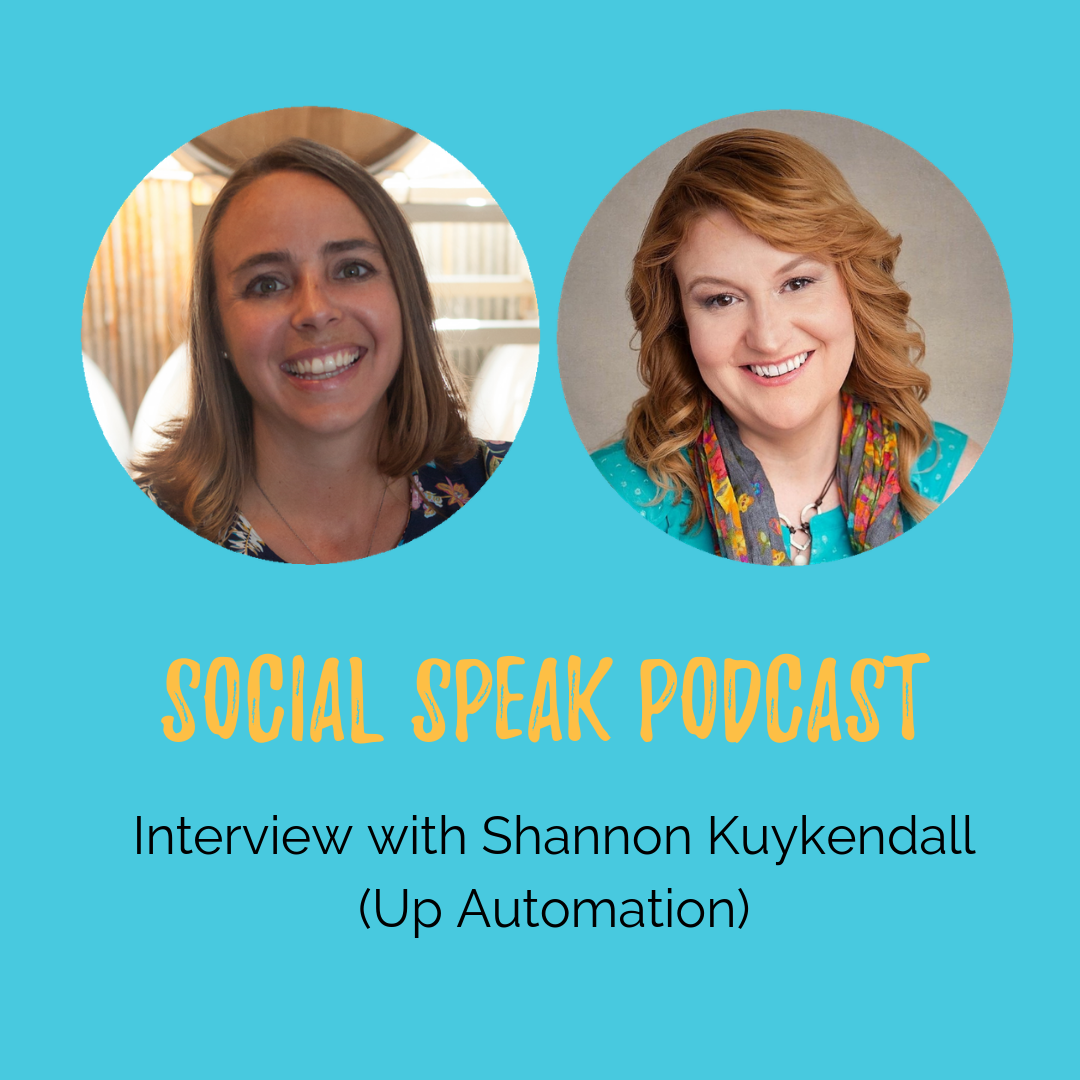

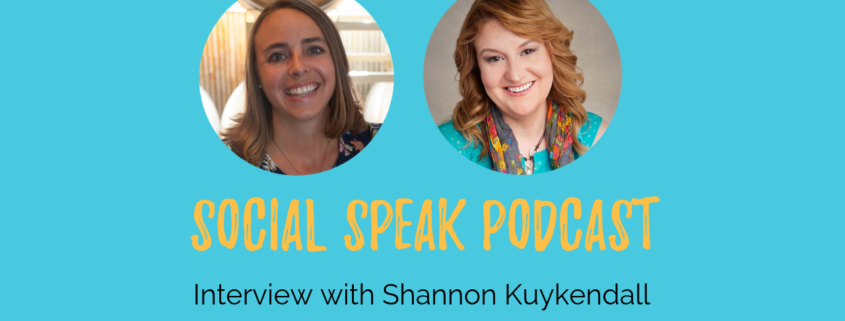
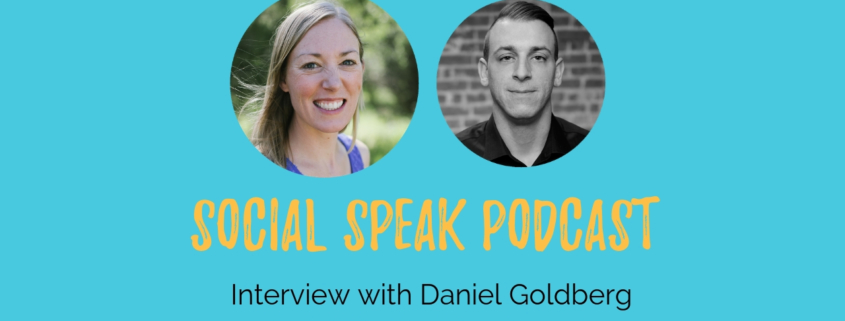
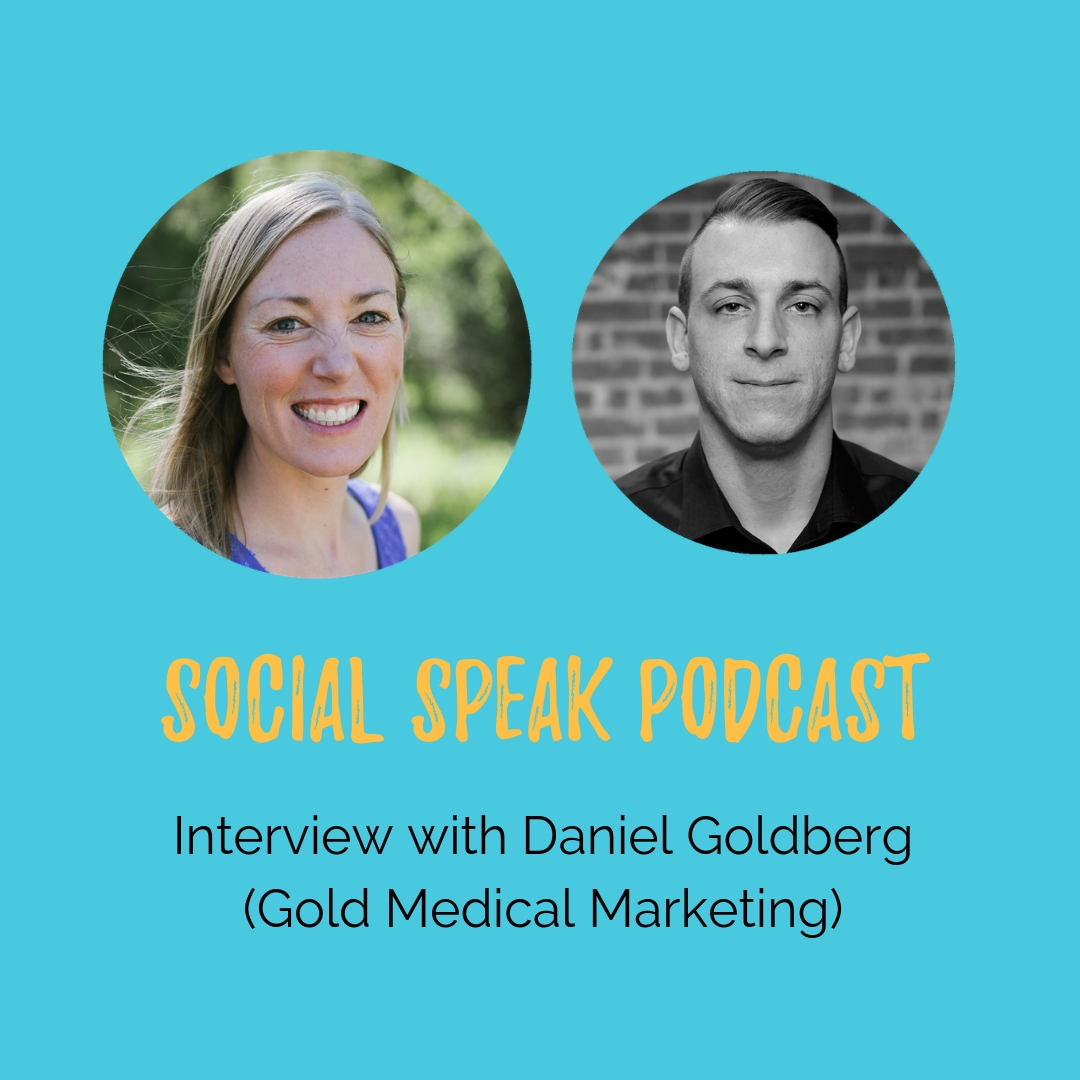
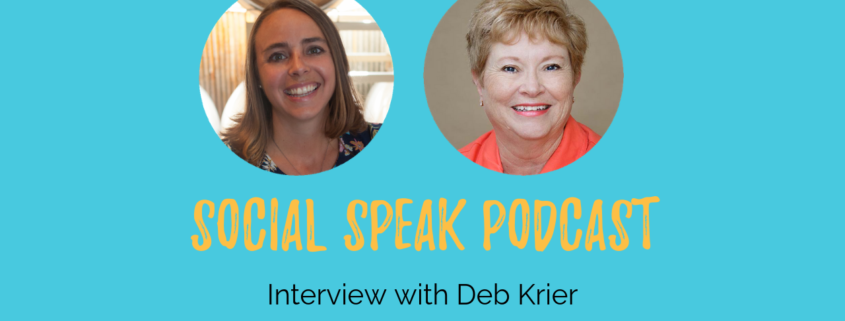
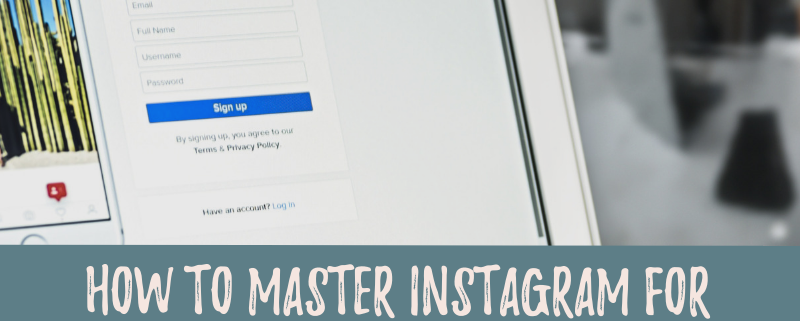

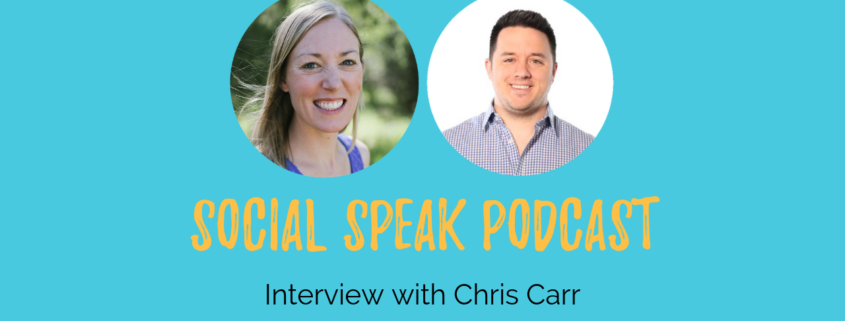


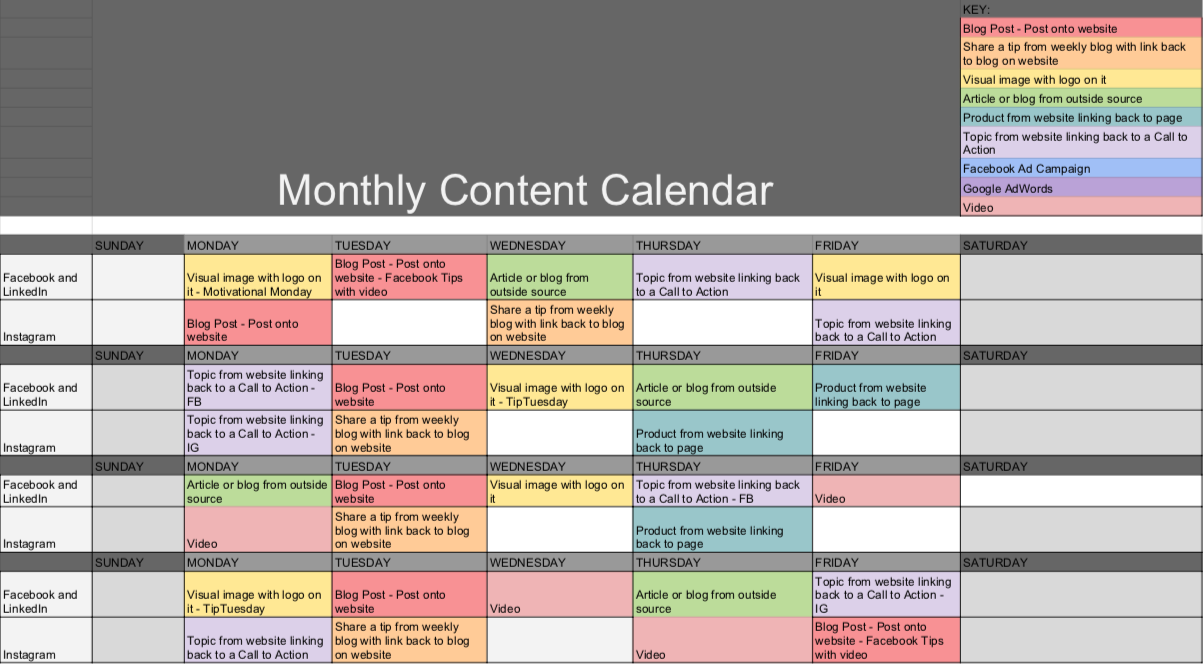
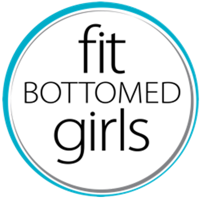 Jennipher Walters CEO/Co-founder, Fit Bottomed World LLC
Jennipher Walters CEO/Co-founder, Fit Bottomed World LLC  This is her happy place where motherhood, food, travel, design, and stylish little things collide. Tabitha is a certified life coach, mom of four and she wants to empower busy women + moms to feel organized to do more of what they love… and feel confident to do it in style! Website: https://freshmommyblog.com/ Email:
This is her happy place where motherhood, food, travel, design, and stylish little things collide. Tabitha is a certified life coach, mom of four and she wants to empower busy women + moms to feel organized to do more of what they love… and feel confident to do it in style! Website: https://freshmommyblog.com/ Email:  The mission of Dee Gautham Fitness is to help women get in the best shape of their lives – physically AND mentally – so you can feel, look, and perform your best, and reach your highest potential in this world. https://deegautham.com/
The mission of Dee Gautham Fitness is to help women get in the best shape of their lives – physically AND mentally – so you can feel, look, and perform your best, and reach your highest potential in this world. https://deegautham.com/